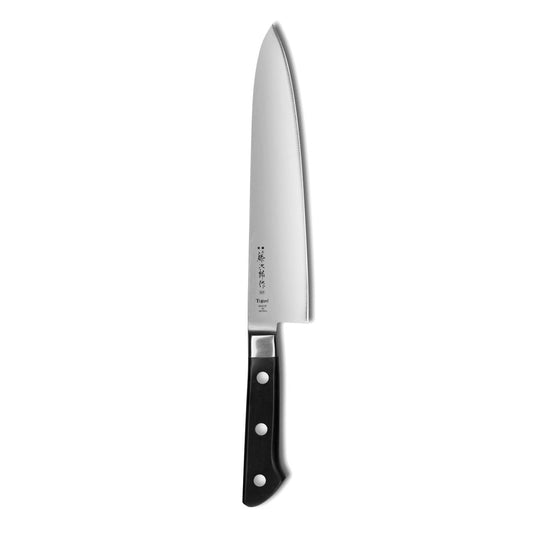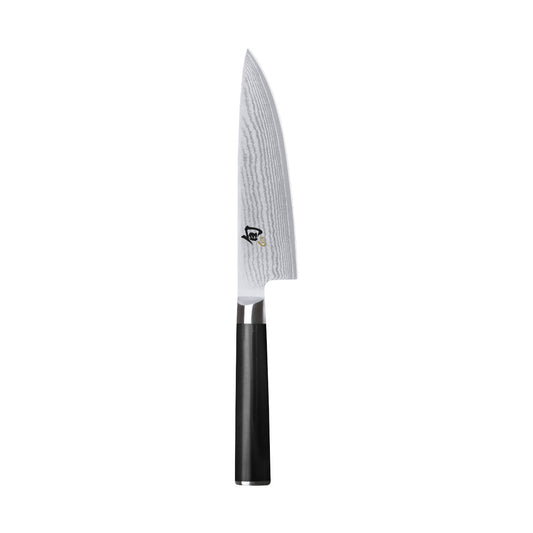Table of Contents
If you're new to high end kitchen knives and have came across the term "gyuto" you might be wondering what the differences are to the western chef knife? After all they are often used interchangeably and both are the primary knife in a cooks arsenal.
Similarities
- Both are versatile, multi-purpose knives used for various cutting tasks in the kitchen
- Similar shape and design, with a curved blade and a pointed tip
- Typically made from high-quality stainless steel
- Designed for rock-chopping and slicing motions
Western Chef Knife
- Broader, thicker blade and heftier
- Chef knives usually have a more curved edge
- Have a double-bevel edge
- Broader, more ergonomic handle
- For robust tasks like chopping and crushing
Japanese Gyuto Knife
- Has a thinner, lighter blade
- Straighter edge
- Traditionally feature a single-bevel edge, however, most today have a double bevel especially in the western market
- More often will have a cylindrical, traditional Japanese handle
- Generally lighter and more agile
- Better suited for precise slicing and delicate work

A Common Misconception
- If its Japanese made the knife is a gyuto. This is not true, Japanese manufacturers will adapt their knives for the western market.
So Which One Is Right for Me?
Truth be told the differences are minimal. If you cut in a rocking motion the chef knife will suit you better and if you push cut then go with the gyuto.
To shop our Japanese Chef Knives collection click here.




